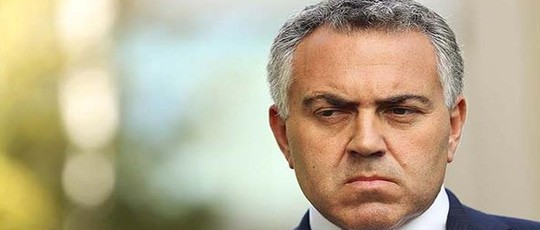- The mining boom has masked Australia’s weakening budget fundamentals. With windfall revenues from mining taxes, governments of both persuasions have committed to high levels of expenditure under the assumption that revenue would continue unabated. But as history shows, no boom lasts forever. Australia’s terms of trade are in decline and the prospect for further decline is real. This will have significant consequences for the upcoming May Federal Budget and necessitate some hard choices by a government with little political capital to risk.
Canberra, We Have A Problem
- The IMF indicates that Australia has suffered from a 3% structural deficit of the national income in each year since 2009, with the deficit equivalent to $48.5 billion in 2014 alone. As the graph below shows this deficit has largely emerged in response to the GFC when the Labour government implemented a successful stimulus response to stave off the sort of negative effects that plagued other parts of the world.
- Interestingly, the graph also highlights that the deficit has been improving in recent years and is expected to improve into the mid-term. This improvement can be connected to fiscally conservative policies the former government introduced and the current government is trying to consolidate and extend. However changes in indexation arrangements for pensions, making it harder to get benefits, or tightening eligibility for health care cards does not tend to bode well with the community, so the operative word here is ‘trying’. Indeed, much of the 2014 Budget has either not been passed or significantly watered down. Accordingly the forecast improvements set out below are far from guaranteed.
 This update does not constitute financial advice and should not be relied upon as such. It is intended only to provide a summary and general overview on matters of interest and it is not intended to be comprehensive. You should seek professional advice before acting or relying on any of the content.
This update does not constitute financial advice and should not be relied upon as such. It is intended only to provide a summary and general overview on matters of interest and it is not intended to be comprehensive. You should seek professional advice before acting or relying on any of the content.




